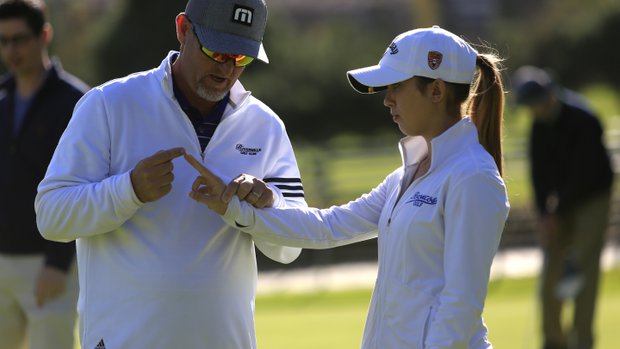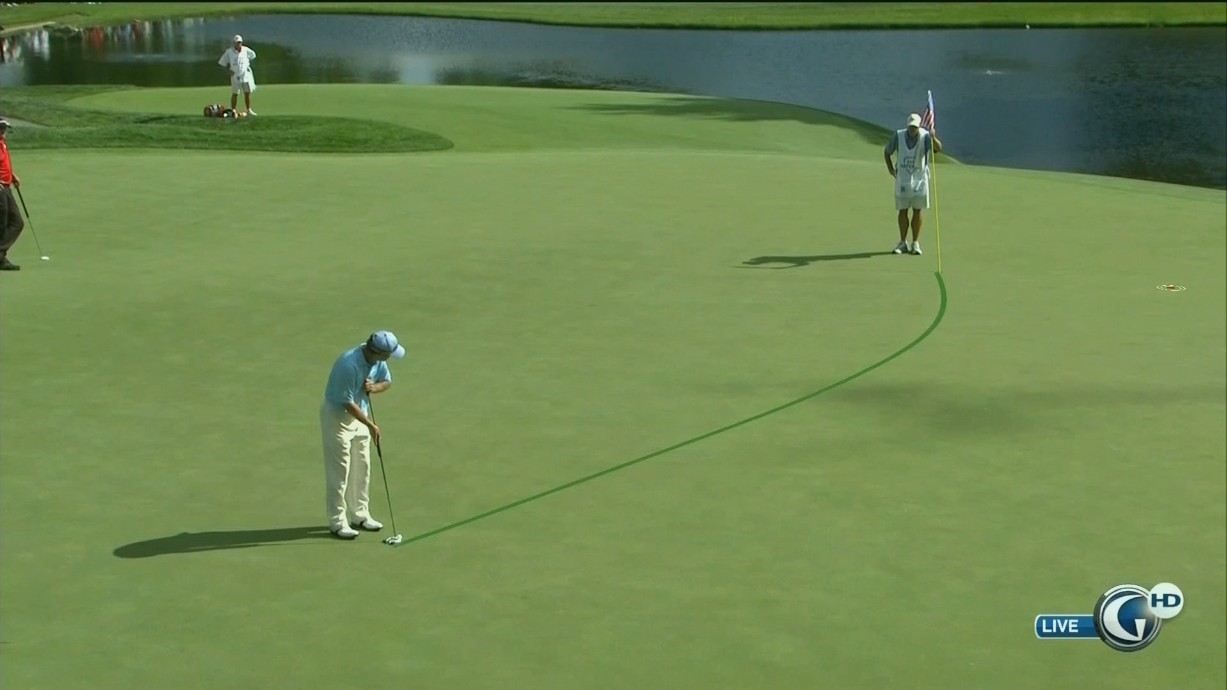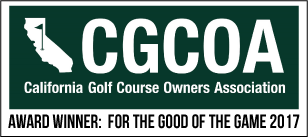
 I went to Palm Springs, played Desert Springs and Shadow Hills, and I golfed with my instructor Peter Brown. Here are some of my thoughts about these past experiences and how it relates to my Aimpoint experience.
I went to Palm Springs, played Desert Springs and Shadow Hills, and I golfed with my instructor Peter Brown. Here are some of my thoughts about these past experiences and how it relates to my Aimpoint experience.
Outing in Desert Springs & Shadow Ridge:
I putted very well. I hit the ball crappy, but I putted very well. I made a ton of putts, (except for the 2 birdie putts inside 5 feet I left short.) At this point, I figured I should start keeping stats. I want to know how many 7-15 footers I make a round. I want to know how many putts I make a round. I want to know how many 3 putts I have. My initial feeling is that my putts per round won’t go down until my ball striking improves. However, the number of 3-putts should go down, and my Mid-range Putts Made should go up. I know for a fact that those 2 things have improved. My personal statistical analysis should confirm this. I also make at least 1 10-foot putt per round, if not 5 or 6 — in the past, I never used to make those.
With my Instructor, Peter Brown:
I played golf with my instructor, Peter Brown. He’s a pretty good golfer, and obviously, he putts well. We were able to play a casual round and spend some time on a few greens to work through some difficult putts and reads. He taught me how to make a “combo-read”. So when you putt over changing shapes, you break the putt into sections and figure out the breaks for each section, and combine them to get a net Aimpoint. It’s complicated to explain and visualize through text, but it’s really simple once we went through it a few times. More practice for me. He read a few of the more complex putts for me, gave me an Aimpoint, and was spot on. I had 3 1-putts out of 4 in one stretch (12, 15, and 20 footers). I had one 3-putt on the first green; 29 putts for the round overall.
So a few random thoughts of things I’ve learned through this process, epiphanies, if you will:
- If you want to improve your putting, and could only change ONE thing, work on speed. Speed. Speed. SPEED. You’ll make more die-in-the-hole putts, and never 3-putt.
- The thing that Aimpoint has helped me the most is that I only have to concentrate on one thing over the putt: speed. I make the read, line up my aim, and trust my stroke as far as starting it out on line. Once that is done, all I think about before pulling the trigger is speed. This has helped clear my head, and THAT has improved my putting.
- If you miss the putt, or have a bad putting day, it’s user error. This system is impeccable. Missed putts are due to bad stroke, poor speed, or misreading the slope. Gravity is NEVER wrong.
- I practice better. Before Aimpoint, putting practice was almost pointless. I guess the main benefit I got out of putting practice pre-Aimpoint is a solid stroke so that I could start putts online… but even then, I see how much more I have to perfect. I worked on lagging, but for me, overall putting practice was very unfocused.
Now, I have so much better understanding on HOW to practice. This is a part of my checklist:
- Work on speed (which I’ve found the key is consistent tempo for all distances… yeah, didn’t really understand that until now).
- Work on “green-feeling” with my feet… finding zero lines. Rolling balls.
- Work on recognizing slope steepness.
- Work on the actual green reading. Identify green shapes, make reads, and confirm. Now I have to work on the combo reads.
- Work on aiming from 5 ft, 25 ft. Recognize what 12 inches looks like from any distance away. A marked yardstick will help with this.
- And now, I’m adding starting putts on line. I’m using an elevated string line to help with this.
Putting practice is so much fun now.
Anyways, I think this is a good place to end my blog. I hope I’ve inspired some of you to give Aimpoint a try. Take a clinic. Check their website for clinic dates in your area. www.aimpointgolf.com. Take a clinic. Or call a local instructor for a lesson. They have a directory on the site. Take a clinic. Or call a local instructor for a lesson. They have a directory on the site. I will continue to update my progress or share interesting stories as I see fit. Click the ‘discuss it’ button above to go to the original thread and leave me a question or comment. Reread the previous entries.. maybe you’ll get something new out of those by reading them again.
Until next time: Make Everything.
About GK Member michaelko:
Our resident physical therapist from Northern California and one of the original GK Staffers. He is also one of the individuals responsible for making the GK Casual Golf Events possible. Way back when it was only an idea, michaelko, was one of those individuals that made it possible with our first outing of six members at Rio Hondo Country Club, Downey CA.











